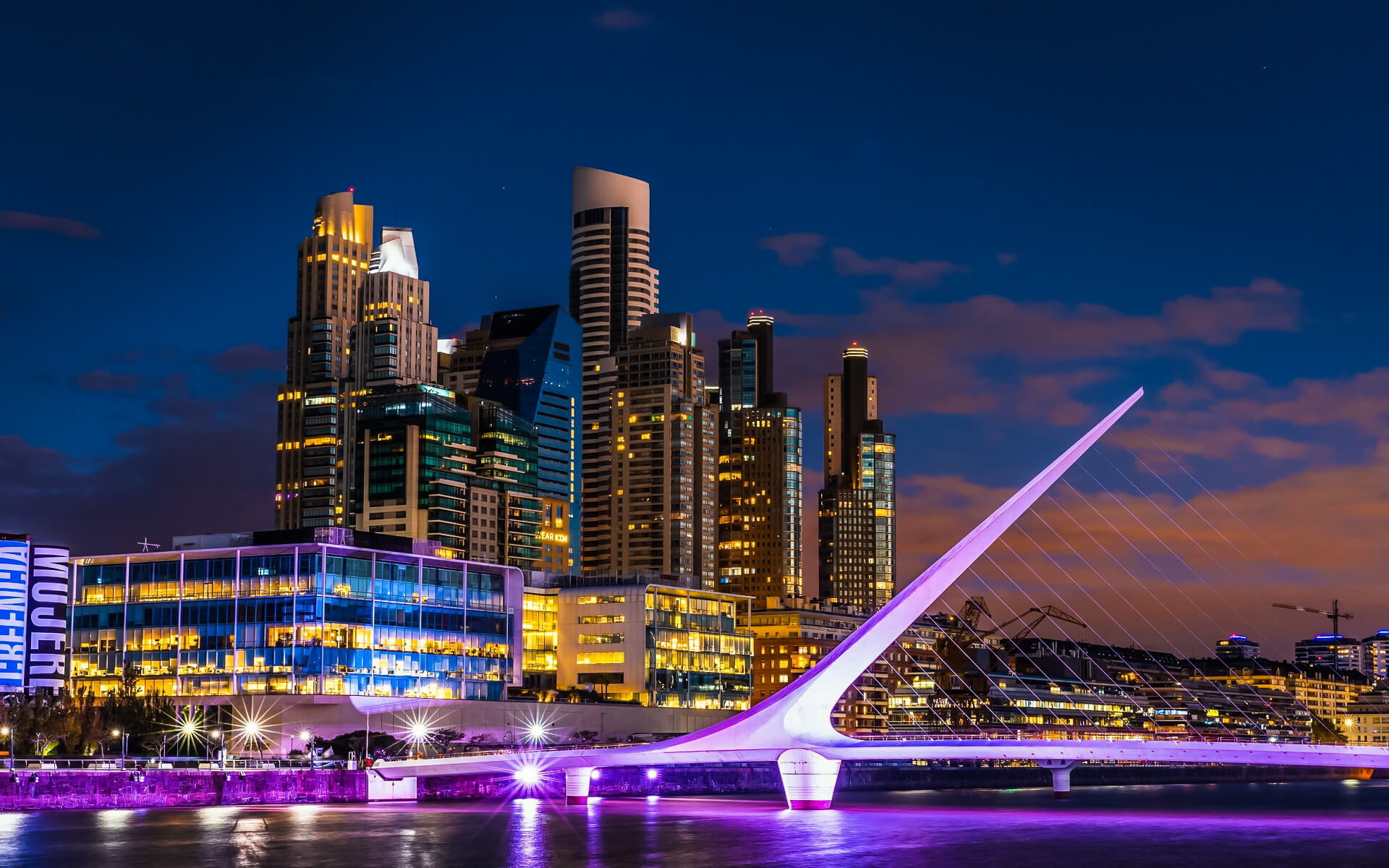Buenos Aires is Argentina’s capital and biggest city, as well as the country’s second-largest metropolitan region.
It is situated on the southeastern coast of the continent on the western bank of the Ro de la Plata estuary. With a population of around fifteen and a half million, the Greater Buenos Aires conurbation, which also includes numerous Buenos Aires Province districts, is Latin America’s third biggest conurbation.
Buenos Aires is not a component of nor the capital of Buenos Aires Province; rather, it is an independent district. Buenos Aires was federalized and separated from Buenos Aires Province in 1880, after decades of political strife.
Along with Mexico City and Sao Paulo, Buenos Aires is one of three Latin American cities designated as a ‘alpha city’ by the research GaWC5. In 2012, Buenos Aires’ quality of life was rated 81st in the world and one of the greatest in Latin America, with a per capita income that was among the region’s three highest.
Buenos Aires prides itself on being a cosmopolitan metropolis, home to a diverse range of ethnic and religious communities. Additionally, the city speaks numerous languages in addition to Spanish, which contributes to its culture and accent spoken in the city and in certain other regions of the nation. This is because, over the last 150 years, the city, and the country in general, have absorbed millions of immigrants from all over the world, particularly from Europe, Asia, and Latin America, transforming it into a melting pot where several ethnic groups coexist and earning it the title of Latin America’s most diverse city.
It is South America’s most visited city (ahead of Rio de Janeiro) and Latin America’s second most visited city (behind Mexico City). Buenos Aires is a popular tourist destination, with its European-style architecture and vibrant cultural scene. In 1951, Buenos Aires hosted the first Pan American Games, as well as two locations for the 1978 FIFA World Cup. The 2018 Summer Youth Olympics will be held in Buenos Aires.


